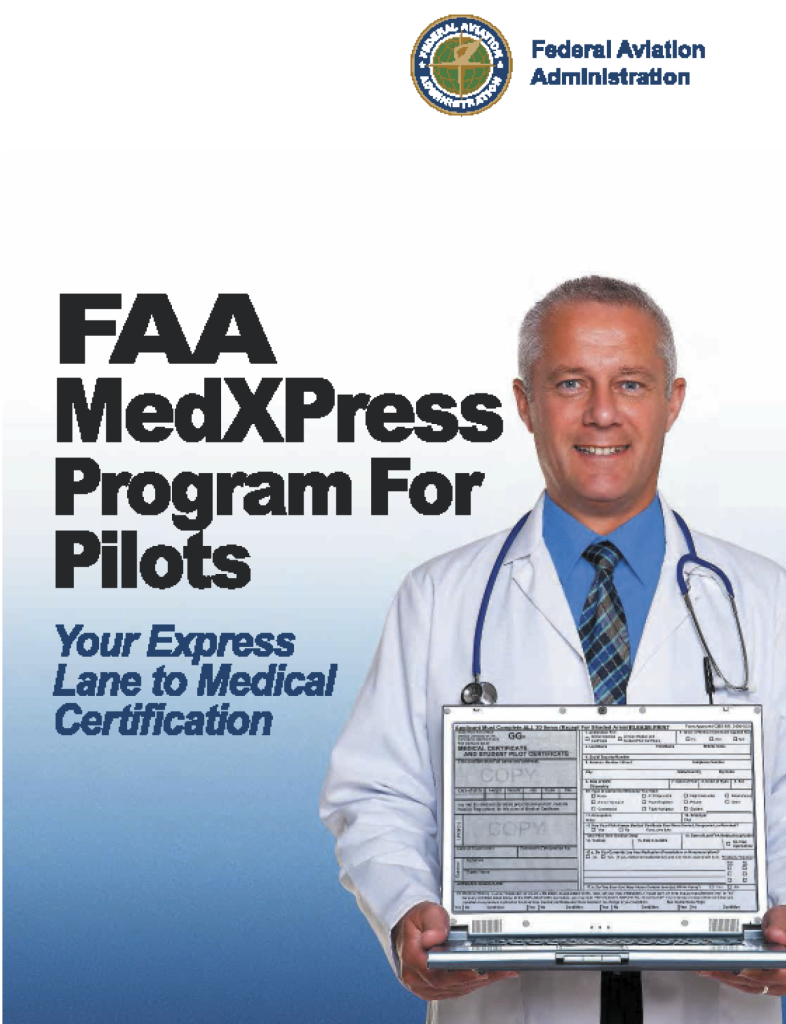What is Cellma, the UK CAA’s medical system

And how can such a system get approved?
The CELLMA system has triggered unprecedented complaints. If you have a view on it, please submit via the CAA at https://www.surveymonkey.com/r/L2KCJZL.
No consultation
Helipaddy’s community includes nearly 1000 users of this system and it has become very obvious that it has very serious UX/UI issues. We investigated a bit and discovered a barrage of complaints from pilots who have been compulsorily converted onto this system from 2021.
Cellma was launched on March 29, 2021 and the system was introduced to replace all existing paper-based application forms and to allow medical certificate holders to view their own medical records and track the progress of applications and referrals to the Authority. The launch of Cellma marked a significant transition in the way the CAA handles medical records.
At this point, I have to say it is really very difficult to find anything positive to say about this system from the user’s perspective. We are not able to see the CAA’s dashboard and it may be that it provides them excellent analytics.
The Cellma system was procured from Riomed and we are not aware of any other aviation agency using it. Riomed provide contacts in the UK, Trinidad and India but we couldn’t reach anyone at any of these locations during business hours. One user commented “Some of the English in the system makes me think it was either outsourced from the UK or written by a non-native speaker”.
The UK’s Civil Aviation Authority (CAA) used RioMed’s Cellma system to streamline medical certification for pilots and air traffic controllers. Aeromedical Examiners can upload medical results directly to Cellma’s records using a portal or app. Cellma serves around 50,000 applicants, with approximately 50 CAA internal users and 250 to 350 external clinical users.
AME examiner: “It is such a pain”
Pilot: “My old AME actually stopped doing medicals due to Cellma”
PIlot: “The website interface looks like some school project by a 16 yo”
Which doctor?
When comparing the FAA’s MedXPress and EASA’s Medical Portal with the Cellma system, the differences are striking.


Both MedXPress and the EASA Medical Portal offer streamlined, efficient, and user-friendly platforms for managing aviation medical certifications. EASA’s Medical Portal standardises medical requirements across member states, ensuring a consistent and seamless process. These systems are well-integrated, regularly updated, and offer robust security measures to protect sensitive medical information.
In contrast, Cellma has issues ranging from a cumbersome user interface and frequent technical glitches to poor integration with other necessary tools. Users of Cellma (especially doctors) often express frustration over its inefficiency and lack of responsiveness to feedback, highlighting a stark contrast to the smooth and reliable experiences reported with MedXPress and the EASA Medical Portal.
Diagnosis
To improve the Cellma system and enhance its reputation, several actions can be implemented, focusing on user experience, technical performance, integration, feedback, security, and support.
Firstly, a comprehensive redesign of the user interface is essential and this could well mean porting the data to a different tech stack. The data is held in an RDBMS so porting data is not complicated. Simplifying the interface to make it more intuitive and user-friendly, incorporating modern design principles, would mean they do not have to publish impossibly complicated user guides. Another platform would almost certainly improve system reliability by addressing technical glitches, ensuring minimal downtime, and optimising the backend infrastructure.
Seamless integration with other essential tools and systems used by medical examiners and aviation authorities is another vital area of improvement. Ensuring compatibility with various medical devices and software platforms, along with aligning with international standards and best practices, will promote consistency and interoperability with systems like FAA MedXPress and the EASA Medical Portal.
Incorporating robust feedback mechanisms to collect user input and address concerns promptly is crucial for continuous improvement. Adopting an agile development approach will allow for regular updates based on user feedback and technological advancements. Strengthening data security measures, including regular security audits and compliance with international data protection regulations, will protect sensitive medical information and build trust among users. Clear and transparent privacy policies are also necessary to enhance confidence in the system.
Finally, establishing a responsive and efficient customer support system to assist users with technical or procedural issues, and proactively identifying and resolving potential problems, will ensure a smooth and reliable operation.
Prognosis
Cellma can significantly improve its functionality, user satisfaction, and overall reputation, aligning more closely with the high standards set by other aviation medical systems like FAA MedXPress and the EASA Medical Portal.
Comments below from Riomed or the CAA are welcomed.


